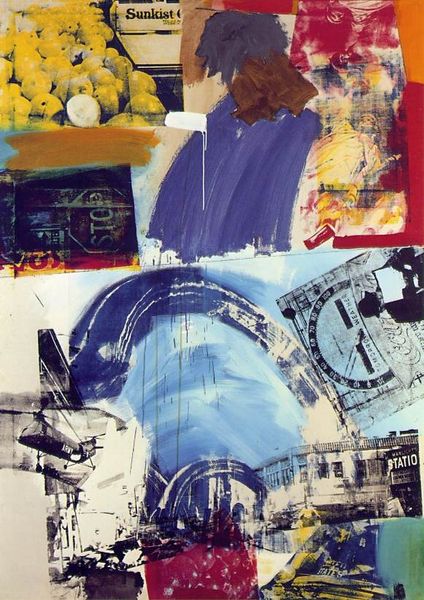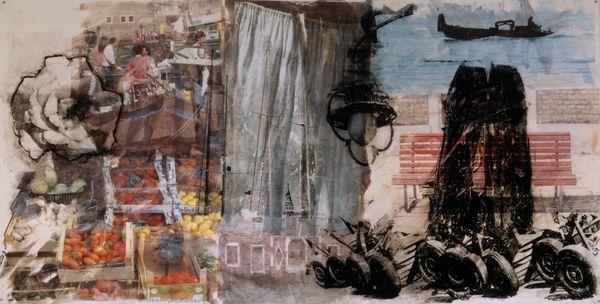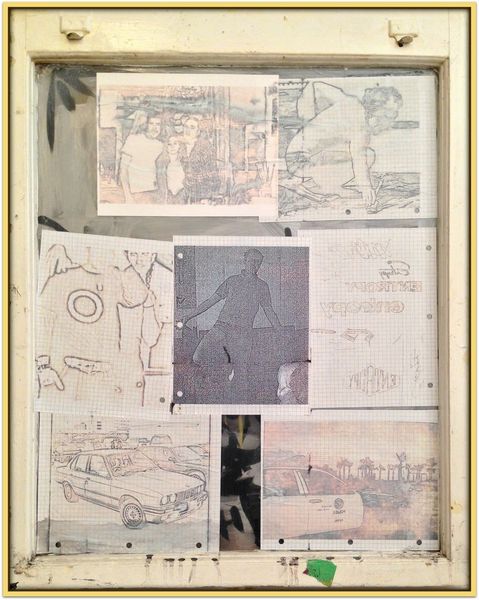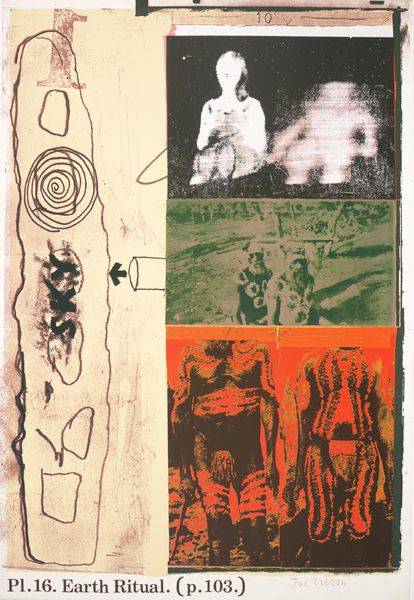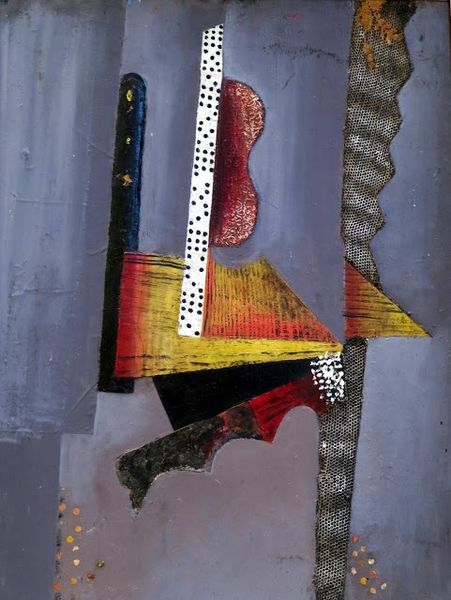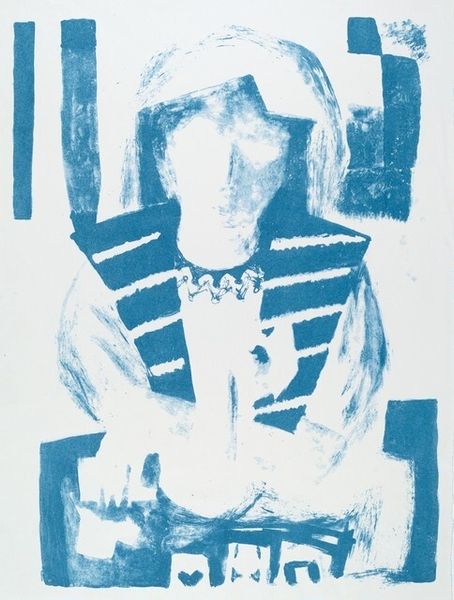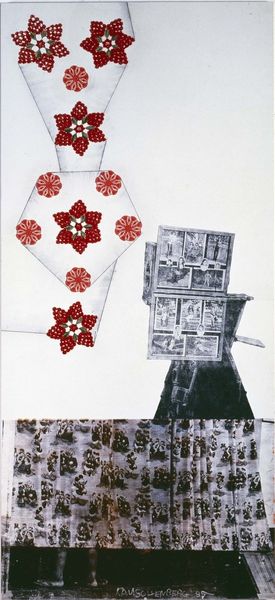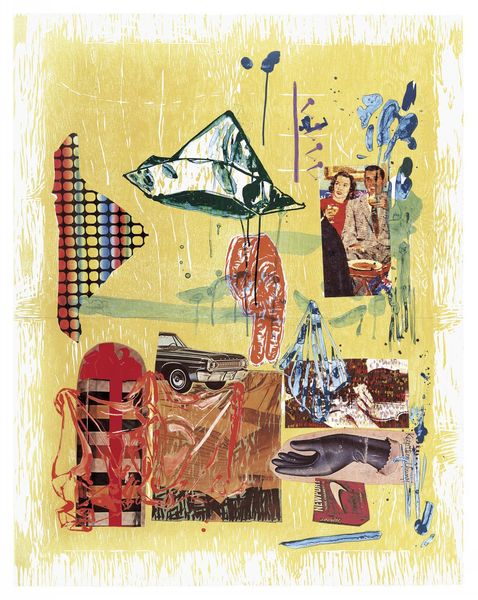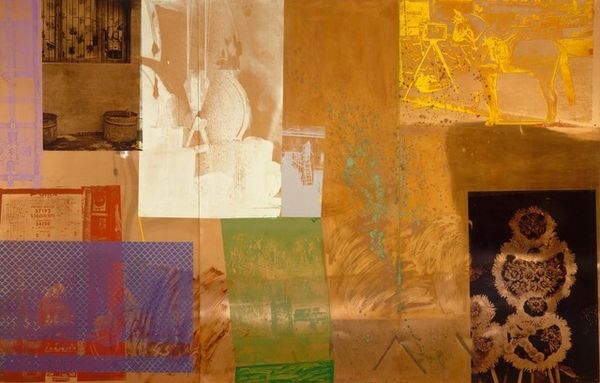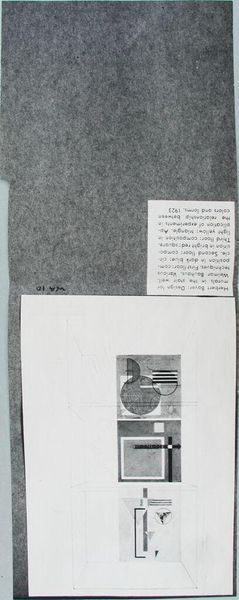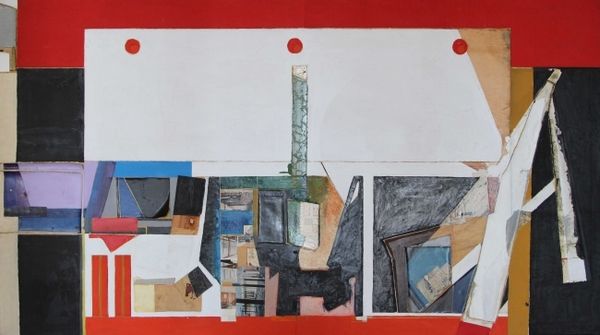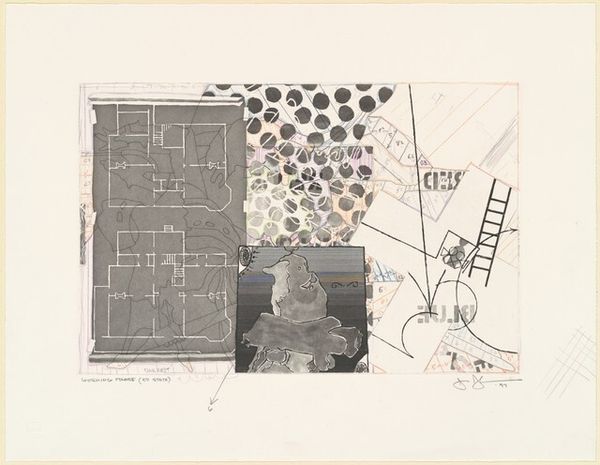
#
neo-dada
#
black-mountain-college
Dimensions: overall: 245.8 x 184.8 cm (96 3/4 x 72 3/4 in.)
Copyright: National Gallery of Art: CC0 1.0
Editor: Robert Rauschenberg’s "Narcissus/ROCI USA (Wax Fire Works)" from 1990 presents quite the visual feast! It appears to be a mixed-media work, with collage elements creating a layered effect. There’s almost a chaotic energy to the piece. What exactly is Rauschenberg communicating here, in your opinion? Curator: It's key to understand that Rauschenberg's "Combines," like this one, blur the lines between painting and sculpture, high art and everyday life. As a historian, I see this work through the lens of Postmodernism, specifically its engagement with appropriation. Rauschenberg appropriates existing images – photography, advertisements – things we find within the cultural sphere. What statement do you think this juxtaposition of imagery makes about American culture? Editor: I guess it feels like a commentary on consumerism and how bombarded we are with information. There are fragments that appear almost nostalgic while others feel strikingly modern for the time. I am intrigued by the use of repetition. The old lampposts almost repeat down from the top of the frame... Curator: Exactly. That's the "readymade" element. We have objects, in the photograph, that enter the artwork but also refer back to their place of origin. This act democratizes the idea of art. Remember, this piece is part of his ROCI project, or Rauschenberg Overseas Culture Interchange. Editor: I recall it was an ambitious project? Curator: Absolutely. The goal of the ROCI project was using art to promote global understanding, so imagery of America was key to exhibit Rauschenberg's perception of his culture across the globe. But he leaves space for interpretations; is this the American dream, the lived experience of commerce, or something more ambiguous? What do you think the significance is in using a Greek mythological character in the title? Editor: Perhaps commenting on America's own self-obsession or how societies become transfixed and self-involved. The interplay between seemingly disparate imagery prompts reflection. Curator: Absolutely, Rauschenberg uses familiar imagery to spark dialogue on broader societal narratives. Understanding this context allows us to appreciate the work as a critical commentary of cultural structures, in relation to a quickly globalizing world. Editor: It has given me so much more to think about in terms of the historical and social context in which Rauschenberg worked. Curator: Likewise, discussing this collage reminds me the significance of approaching each piece, not merely for its aesthetic merits but its significance to culture, and the structures we are shaped by.
Comments
No comments
Be the first to comment and join the conversation on the ultimate creative platform.
